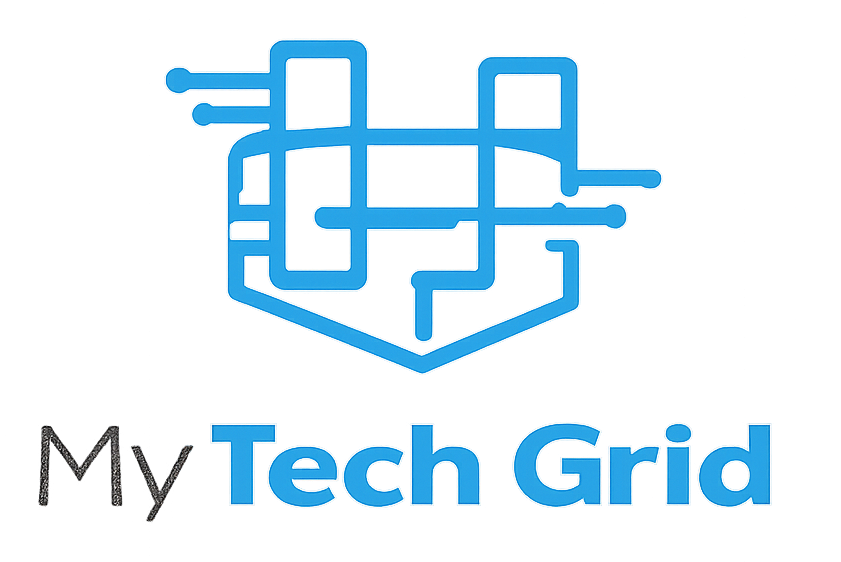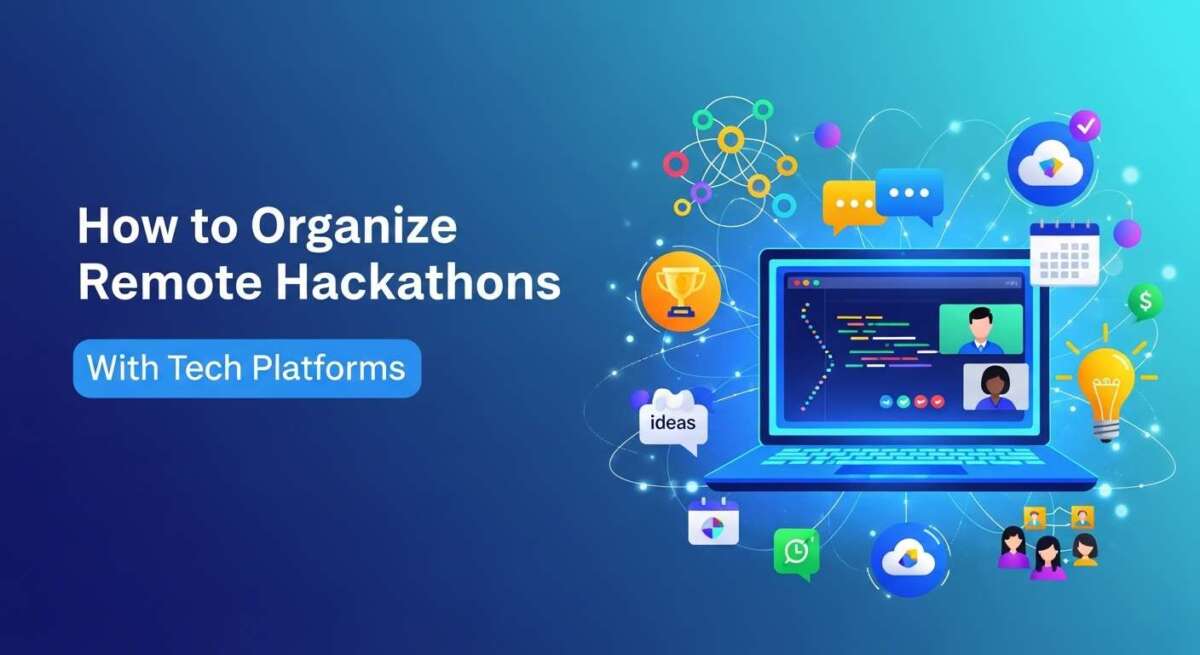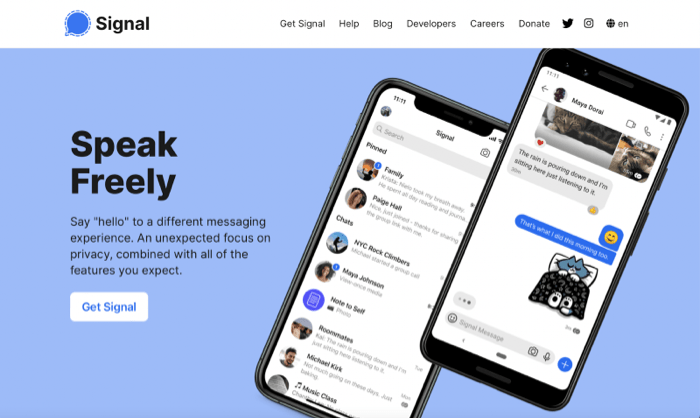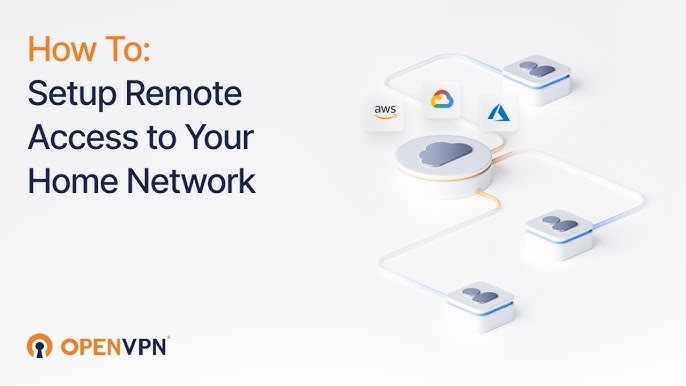How to Organize Remote Hackathons With Tech Platforms?
Are you ready to bring together brilliant minds from anywhere in the world and spark innovation like never before? Organizing a remote hackathon might seem overwhelming at first, but with the right tech platforms, you can create a seamless and exciting experience for every participant.
Whether you’re aiming to solve tough challenges or build a vibrant community, this guide will show you how to plan, manage, and run a remote hackathon that runs smoothly and delivers outstanding results. Keep reading to discover practical tips and tools that will make your event stand out and keep your participants engaged from start to finish.
Choosing The Right Platform
Choosing the right platform is key to a smooth remote hackathon. The platform shapes how participants interact, submit projects, and communicate. Picking a platform that fits your event needs will boost engagement and make management easier.
Consider what features matter most for your hackathon. The right tool can simplify judging, team formation, and real-time updates. It also helps keep participants motivated and connected.
Top Platforms For Remote Hackathons
Several platforms stand out for hosting remote hackathons. Devpost offers an easy setup with project submission and judging features. HackerEarth provides tools for challenge hosting and scoring, ideal for tech-focused events. Hackathon.com supports global events with strong collaboration tools. These platforms cater to different needs and scales.
Features To Look For
Look for a platform that supports smooth registration and team creation. Real-time communication options like chat or forums help participants stay engaged. Easy project submission and clear judging criteria are important. Also, consider if the platform offers customizable branding to match your event style.
Integrations And Tools
Check if the platform integrates with tools your team already uses. Popular choices include GitHub for code sharing and Slack for communication. Integration with video conferencing tools can improve presentations and workshops. Automated scoring and analytics tools help track progress and results efficiently.
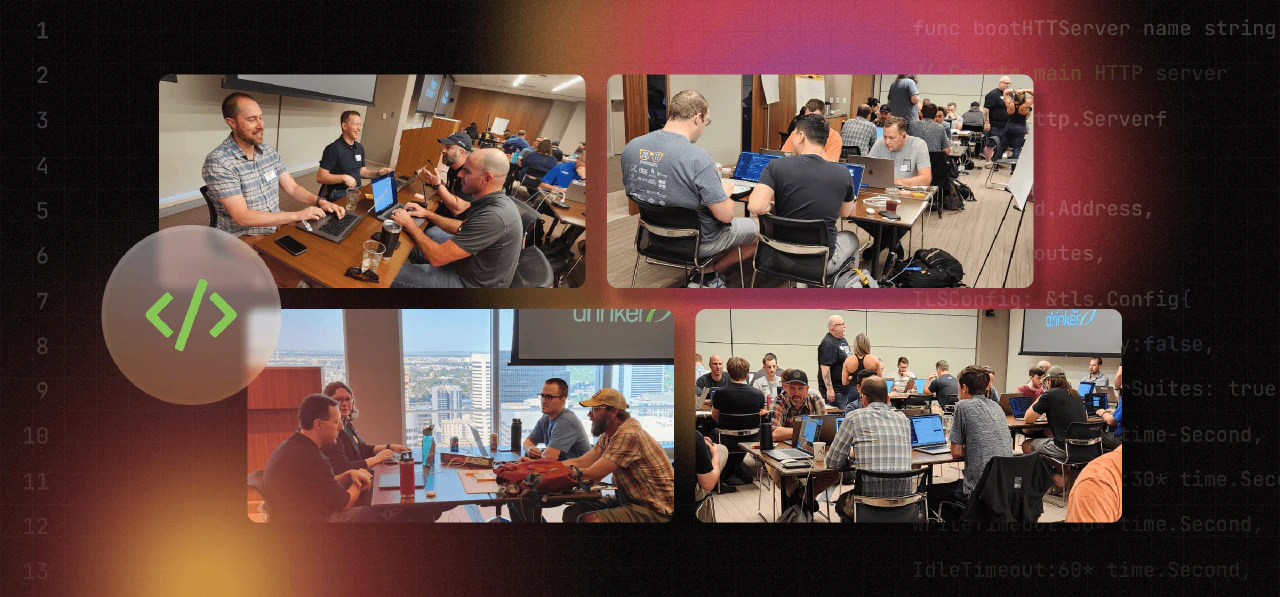
Credit: moov.io
Setting Clear Objectives
Setting clear objectives is the first step in organizing a remote hackathon. Clear goals help guide every decision and keep the event focused. They make sure all participants and organizers work towards the same targets.
Without clear objectives, a hackathon can become chaotic and lose its purpose. Defining what you want to achieve shapes the entire event structure. It also helps in choosing the right tech platforms and tools.
Defining Goals And Outcomes
Start by deciding the main purpose of the hackathon. Are you solving a specific problem or encouraging creativity? Goals can include innovation, team building, or product development.
Clear outcomes provide direction for participants. They know what is expected and can focus their efforts. Outcomes may be a working prototype, new ideas, or learning new skills.
Target Audience And Participation
Identify who should join your hackathon. Are you inviting students, professionals, or developers from a specific field? Knowing your audience helps tailor the challenges and tools.
Consider participant skills and time zones for better engagement. Choosing the right tech platforms depends on who will use them and how they prefer to collaborate.
Success Metrics
Decide how you will measure the hackathon’s success. Metrics can include the number of participants, completed projects, or quality of solutions. Feedback from participants also matters.
Tracking progress with clear metrics helps improve future events. It shows if the objectives were met and where changes are needed. Use platform analytics to gather data easily.
Planning The Event Timeline
Planning the event timeline is crucial for a smooth remote hackathon. A clear schedule helps participants stay focused and engaged. It also guides organizers in managing tasks effectively. Setting realistic deadlines and milestones ensures steady progress throughout the event.
Pre-hackathon Preparation
Start by defining the event dates and duration. Allocate time for participant registration and team formation. Prepare all technical setups, including the chosen hackathon platform. Share guidelines and resources early to help participants prepare. Schedule briefing sessions to explain rules and answer questions.
Kickoff And Submission Deadlines
Plan a kickoff event to energize participants and clarify expectations. Use video calls or live streams to create excitement. Set clear deadlines for project submissions to keep the event on track. Allow enough time for participants to develop and test their projects. Send reminders as deadlines approach to reduce late entries.
Judging And Awards
Reserve time for judges to review and score projects thoroughly. Provide judges with clear criteria and scoring rubrics. Schedule live presentations or demos if possible for deeper evaluation. Announce winners promptly to maintain participant enthusiasm. Plan an award ceremony, virtual or recorded, to celebrate achievements.

Credit: leaderboarded.com
Building An Engaging Experience
Building an engaging experience is key to a successful remote hackathon. Participants need to feel connected and motivated throughout the event. A well-planned engagement strategy can boost creativity and teamwork.
Creating spaces for easy communication helps participants share ideas quickly. Workshops and Q&A sessions provide valuable learning and problem-solving opportunities. Encouraging networking fosters lasting professional relationships.
Creating Collaborative Channels
Set up dedicated channels using chat platforms like Slack or Discord. Organize channels by topics, teams, or projects to keep discussions clear. Encourage participants to share updates, ask questions, and give feedback. Use these channels for announcements and resource sharing. Keep the environment friendly and open to all skill levels.
Hosting Workshops And Q&a Sessions
Plan live sessions to teach new skills or tools relevant to the hackathon theme. Invite experts to lead these workshops and answer participant questions. Schedule Q&A sessions regularly to solve problems and clear doubts. Record sessions for those who cannot attend live. Interactive sessions help participants stay focused and learn faster.
Encouraging Networking
Create virtual meetups or breakout rooms for casual conversations. Use icebreaker activities to help participants get to know each other. Encourage sharing of personal projects and experiences. Provide spaces for mentors and judges to connect with participants. Networking builds a sense of community and supports future collaborations.
Managing Registrations And Teams
Managing registrations and teams is key to running a smooth remote hackathon. Clear processes keep participants engaged and reduce confusion. Organizers must handle sign-ups, team setups, and communication with care. Efficient management builds trust and ensures a fun, productive event for everyone.
Registration Process
Use a simple registration form to collect participant details. Ask for names, emails, skills, and interests. Choose a tech platform with built-in registration features. Confirm each registration with an automated email. Set deadlines to avoid last-minute sign-ups. Track registrations in real time to stay organized.
Team Formation Strategies
Allow participants to form their own teams or assign them randomly. Use skill tags to balance teams evenly. Encourage diverse groups for better creativity. Provide a team size limit to keep teams manageable. Share team lists early to give time for planning. Support team changes before the hackathon starts.
Communication Guidelines
Set clear rules for respectful and open communication. Choose reliable chat and video tools for team discussions. Create channels for announcements, questions, and networking. Remind teams to check messages regularly. Offer support through moderators or help desks. Keep communication simple to include all skill levels.

Credit: angelhack.com
Handling Judging And Scoring
Handling judging and scoring in remote hackathons requires clear planning and smart tools. Fair evaluation keeps participants motivated and respected. It also ensures the best projects win. Organizers must focus on selecting the right judges, setting clear criteria, and using platform tools efficiently.
Selecting Judges
Choose judges with relevant skills and experience. They should understand the hackathon’s goals and technology. Diversity among judges brings different perspectives. Limit the number of judges to avoid confusion. Provide judges with clear guidelines and schedules.
Evaluation Criteria
Define simple and clear criteria for scoring. Common criteria include creativity, technical skill, and usability. Weight each criterion based on event priorities. Share these criteria with participants and judges before the event. Consistent criteria help keep scoring fair and transparent.
Using Platform Tools For Scoring
Use tech platforms with built-in scoring features. These tools allow judges to submit scores easily online. Platforms can automatically calculate totals and rankings. Real-time updates keep everyone informed. Choose platforms that support anonymous judging to reduce bias.
Promoting The Hackathon
Promoting a remote hackathon requires clear, strategic steps to reach the right audience. Effective promotion ensures high participation and enthusiasm. Focus on three key areas: marketing channels, sponsors, and attracting participants. Each plays a vital role in your event’s success.
Marketing Channels
Choose marketing channels that fit your target audience. Use social media platforms like LinkedIn, Twitter, and Facebook to spread the word. Post regularly with engaging content about the hackathon’s theme and prizes. Create an event page with all necessary details. Email newsletters can also reach past participants or interested groups. Online tech communities and forums offer direct access to developers. Use clear and simple language in all messages. Visuals like banners or short videos help grab attention quickly. Track which channels bring the most sign-ups to focus efforts efficiently.
Engaging Sponsors
Sponsors add credibility and resources to your hackathon. Reach out to tech companies and startups interested in innovation. Offer them visibility through logo placements and mentions in event materials. Sponsors may provide prizes or mentorship, adding value for participants. Keep sponsor communication professional and clear about benefits. Tailor sponsorship packages to fit different budgets and goals. A strong sponsor list attracts more participants and media coverage. Maintain good relations for future hackathons by delivering on promises.
Attracting Participants
Make your hackathon appealing to a wide range of developers and creators. Highlight the learning opportunities and potential rewards. Share success stories from past events to build trust. Use simple registration processes to avoid barriers. Offer clear instructions about tools and platforms used during the event. Encourage team formation to boost collaboration and creativity. Provide support channels for questions before and during the hackathon. Regular updates and reminders keep participants engaged and motivated.
Leveraging Ai And Automation
Leveraging AI and automation can greatly simplify organizing remote hackathons. These technologies reduce manual work and boost participant engagement. Using AI tools helps generate fresh ideas, manage communication smoothly, and analyze event data effectively.
Using Ai For Idea Generation
AI-powered tools suggest creative project ideas based on current trends. They analyze participants’ skills and interests to provide tailored suggestions. This sparks innovation and helps teams start strong. AI can also identify gaps in ideas to encourage diverse solutions.
Automated Communication
Automation streamlines messaging before, during, and after the event. Chatbots answer common questions instantly, saving time for organizers. Scheduled emails and notifications keep participants informed about deadlines and updates. This ensures everyone stays connected and engaged.
Data Analytics For Insights
AI analyzes hackathon data to reveal patterns and participant behavior. Organizers can track progress, detect bottlenecks, and measure success metrics easily. These insights help improve future events and enhance participant experience. Data-driven decisions lead to more efficient hackathons.
Addressing Challenges
Organizing remote hackathons brings many challenges that require smart solutions. Addressing these problems early helps create a smooth and enjoyable event. Tech platforms offer tools to tackle common issues. The following sections explain how to handle key challenges effectively.
Time Zone Coordination
Participants often join from different time zones. This can cause confusion and missed deadlines. Use scheduling tools that show all time zones clearly. Allow flexible submission windows to suit various locations. Plan live sessions at times that fit most participants. Record these sessions for those who cannot attend live. Clear communication about timing reduces stress and keeps everyone on track.
Ensuring Fairness
Fairness is vital for a successful hackathon. Use platforms that offer anonymous submissions. This prevents bias during judging. Set clear rules and share them with all participants. Use automated scoring systems to evaluate projects consistently. Provide equal access to resources and support. Fair processes encourage more people to join and compete honestly.
Technical Support
Technical problems can disrupt the event and frustrate participants. Offer a helpdesk or chat support throughout the hackathon. Use platforms with built-in troubleshooting guides and FAQs. Test all tools before the event starts to avoid issues. Quick responses to tech problems keep participants focused and motivated. Good support improves the overall experience and event success.
Post-hackathon Follow-up
After the hackathon ends, the follow-up is crucial. It keeps the event’s energy alive and creates lasting value. A good follow-up builds trust and encourages participants to stay connected. Focus on clear communication and timely actions to maintain momentum.
Announcing Winners
Announce winners quickly and clearly. Use the same tech platform for transparency. Share project highlights and judges’ comments. Celebrate all participants to keep spirits high. Public recognition motivates future involvement and shows respect for effort.
Gathering Feedback
Send simple surveys to participants and mentors. Ask about event structure, challenges, and support. Use feedback to improve future hackathons. Keep questions short and easy to answer. This shows you value participants’ opinions and want to grow.
Sustaining Community Engagement
Create online groups or forums on popular platforms. Share updates, resources, and future event news. Encourage participants to share their projects and ideas. Host regular meetups or webinars to keep the community active. This builds a strong network beyond the hackathon.
Frequently Asked Questions
Which Platform Is Best For Hackathons?
HackerEarth is the best platform for hackathons. It supports coding, challenge hosting, scoring, and global participation efficiently.
Can We Use Chatgpt For Hackathon?
Yes, you can use ChatGPT in hackathons to generate ideas, write code snippets, and solve problems efficiently. Use it responsibly.
Are Virtual Hackathons Worth It?
Virtual hackathons offer networking, skill-building, and innovation opportunities. They save costs and allow global participation. Proper planning ensures a productive, engaging experience.
What Happens In A 36 Hour Hackathon?
A 36-hour hackathon challenges teams to brainstorm, design, and build a working prototype. Participants collaborate intensely, solve problems, and pitch ideas. Judges evaluate projects, awarding prizes for creativity and functionality. The event fosters innovation, teamwork, and rapid development within a limited timeframe.
Conclusion
Organizing remote hackathons takes clear planning and the right tech tools. Choose platforms that support coding, communication, and judging easily. Keep participants engaged with clear rules and regular updates. Encourage teamwork and creativity throughout the event. Track progress and provide quick feedback to all teams.
With these steps, your remote hackathon can run smoothly and inspire great ideas. Remember, good organization helps everyone enjoy and benefit from the experience.
